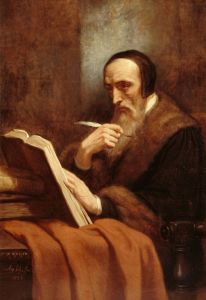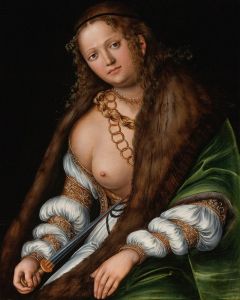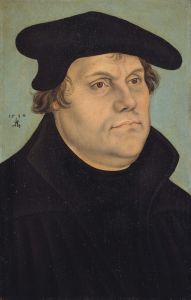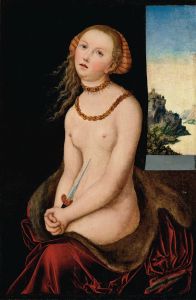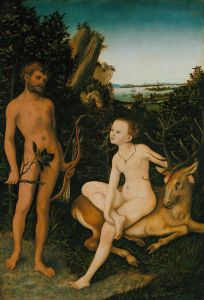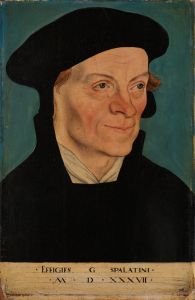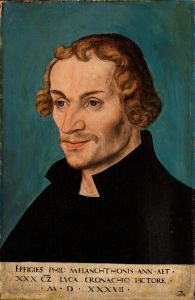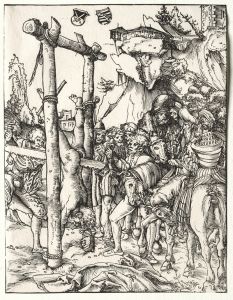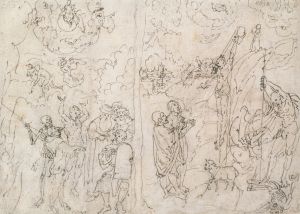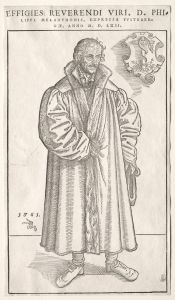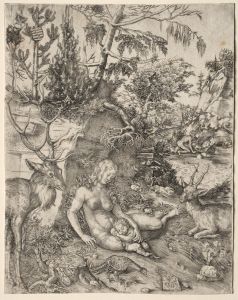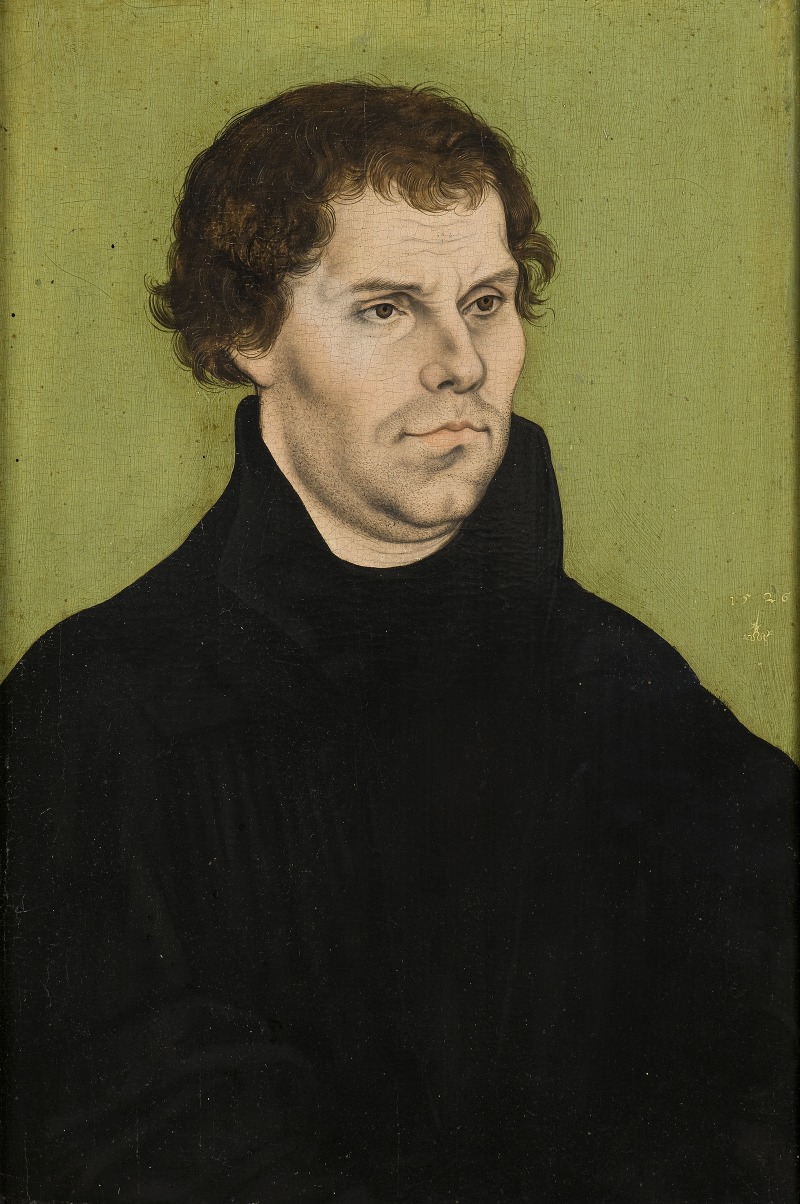
Martin Luther
A hand-painted replica of Lucas Cranach the Elder’s masterpiece Martin Luther, meticulously crafted by professional artists to capture the true essence of the original. Each piece is created with museum-quality canvas and rare mineral pigments, carefully painted by experienced artists with delicate brushstrokes and rich, layered colors to perfectly recreate the texture of the original artwork. Unlike machine-printed reproductions, this hand-painted version brings the painting to life, infused with the artist’s emotions and skill in every stroke. Whether for personal collection or home decoration, it instantly elevates the artistic atmosphere of any space.
Lucas Cranach the Elder, a prominent German Renaissance painter, created several portraits of Martin Luther, the seminal figure of the Protestant Reformation. One of the most notable works is the portrait of Martin Luther as an Augustinian monk, painted around 1520. This painting is significant not only for its artistic merit but also for its historical context and the relationship between the artist and the subject.
Lucas Cranach the Elder was born in 1472 in Kronach, Germany, and became one of the leading painters of the German Renaissance. He was known for his portraits, religious subjects, and mythological scenes. Cranach developed a close friendship with Martin Luther, which began when Luther was a monk and professor at the University of Wittenberg. This relationship played a crucial role in Cranach's career, as he became the principal artist of the Reformation, producing numerous portraits of Luther and other reformers.
The portrait of Martin Luther by Cranach captures the reformer in his monk's habit, reflecting his early years before he broke away from the Catholic Church. The painting is characterized by its detailed depiction of Luther's facial features, conveying a sense of introspection and determination. Cranach's skillful use of color and light highlights Luther's visage against a dark background, drawing the viewer's attention to his expression.
Cranach's portraits of Luther were instrumental in shaping the public image of the reformer. At a time when the printing press was revolutionizing the spread of ideas, these portraits were reproduced widely, helping to disseminate Luther's image across Europe. Cranach's workshop produced numerous versions of Luther's portraits, each contributing to the visual representation of the Reformation.
The collaboration between Cranach and Luther extended beyond portraiture. Cranach also illustrated Luther's German translation of the Bible, providing woodcuts that complemented the text and made it more accessible to the general public. This partnership between artist and theologian was pivotal in the success of the Reformation, as it combined visual art with written word to communicate reformist ideas effectively.
Cranach's portrayal of Luther is not only a testament to his artistic talent but also a reflection of the cultural and religious upheaval of the time. The portrait stands as a historical document, capturing the likeness of a man who would become one of the most influential figures in Western history. Through his art, Cranach contributed to the legacy of the Reformation, ensuring that Luther's image would endure for generations.
Today, Cranach's portraits of Martin Luther are held in high esteem and can be found in various museums and collections around the world. They continue to be studied for their artistic qualities and their historical significance, offering insight into the life and times of both the artist and his famous subject.





